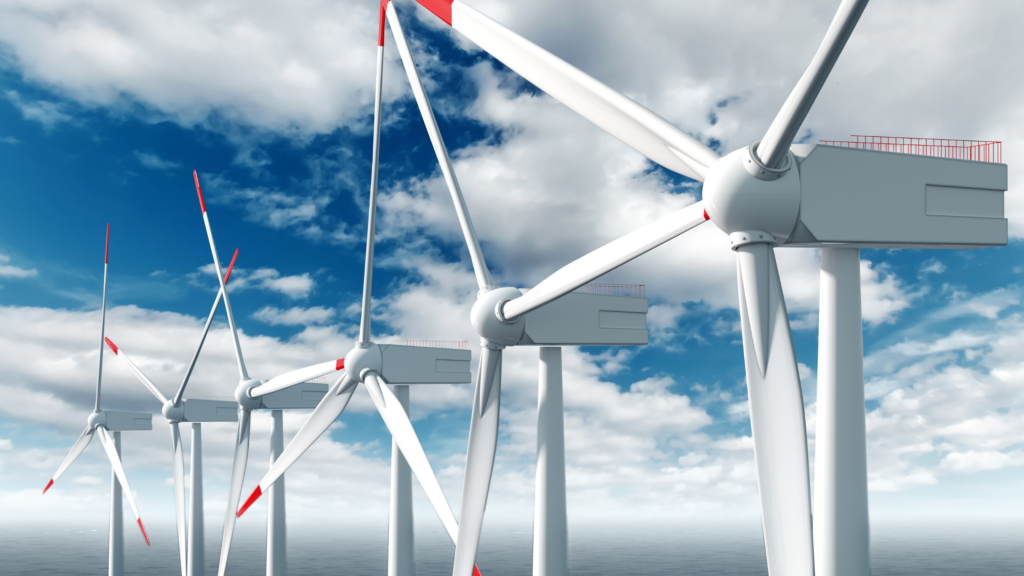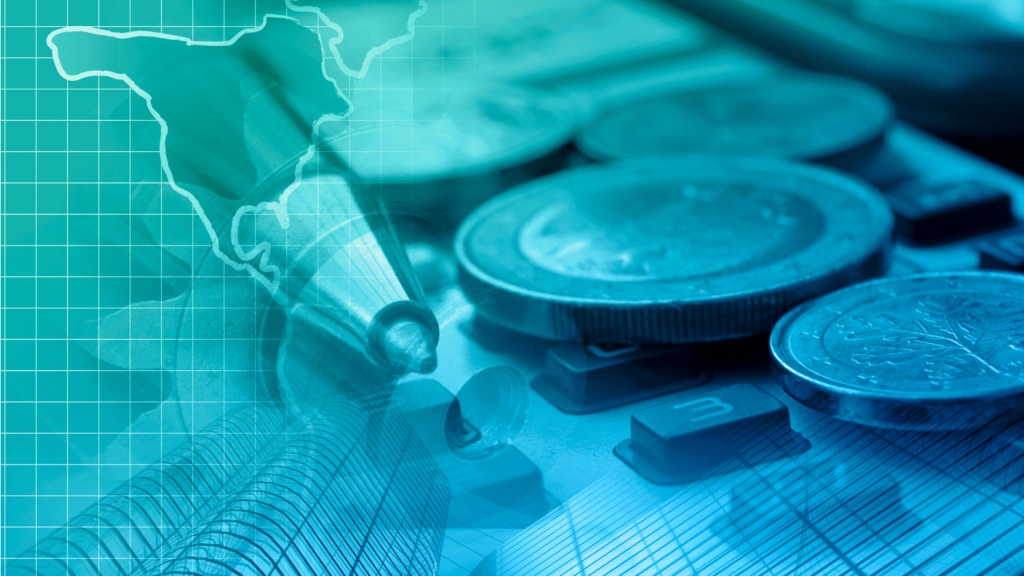Wind energy development represents a pivotal step toward achieving sustainable energy goals. By harnessing wind power, organizations like Bottom Billion Corporation can support environmental stewardship, create economic opportunities, and contribute to global efforts to reduce reliance on fossil fuels. This article highlights the benefits, challenges, and future trends of wind energy, underscoring its potential to drive sustainable growth and empower communities.
The Growth of Wind Energy
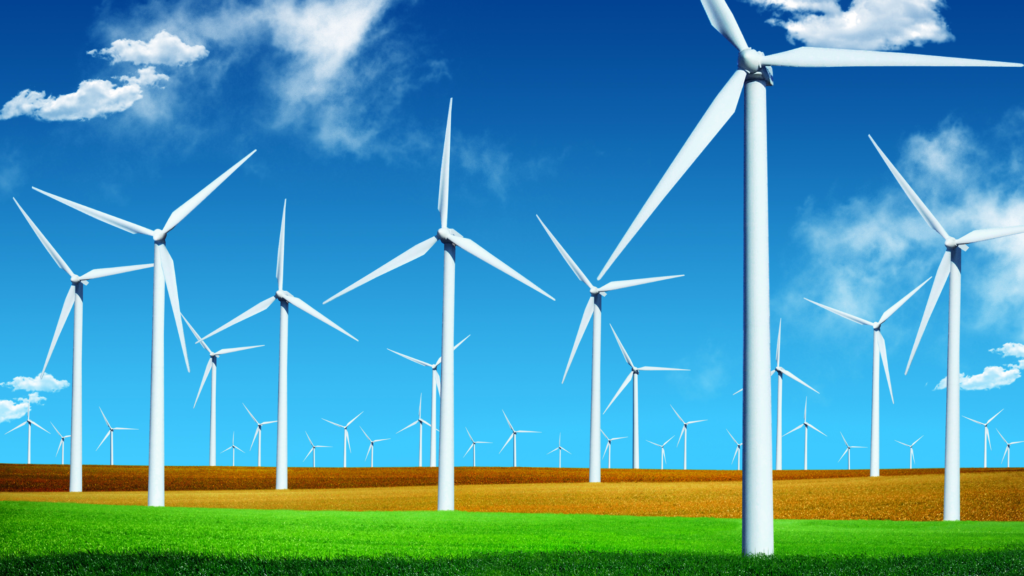
The global expansion of wind energy capacity over the past decade has been remarkable. According to the Global Wind Energy Council (GWEC), the world’s installed wind power capacity reached over 743 gigawatts (GW) by the end of 2020, marking a significant increase from just 94 GW in 2007. This growth has been driven by a combination of supportive government policies, technological advancements, and a sharp decline in the cost of this energy production.
Key Drivers of Growth
- Policy Support: Many countries have implemented policies to encourage the adoption of wind energy, including tax incentives, feed-in tariffs, and renewable energy targets. These policies have provided the necessary framework for the rapid expansion of wind power.
- Technological Advancements: Improvements in wind turbine technology have made it possible to generate more power at a lower cost. Innovations such as larger turbines, advanced materials, and improved efficiency have significantly reduced the levelized cost of energy, making it competitive with traditional fossil fuels.
- Cost Reductions: The cost of it has declined by more than 70% over the past decade, according to the International Renewable Energy Agency (IRENA). This reduction has made wind energy one of the most cost-effective sources of electricity in many parts of the world.
Regional Analysis
The growth of wind energy is not uniform across the globe. Some regions have emerged as leaders in the development due to favorable geographic conditions, strong policy support, and significant investments.
- Europe: Europe has long been a leader in wind energy, with countries like Germany, Spain, and Denmark at the forefront. Offshore wind farms, particularly in the North Sea, have been a significant contributor to Europe’s wind energy capacity.
- China: China is the world’s largest producer of wind energy, accounting for nearly 40% of the global installed capacity. The country’s commitment to renewable energy is evident in its rapid deployment of both onshore and offshore wind farms.
- United States: The United States is the second-largest wind energy market, with significant capacity in states like Texas, Iowa, and Oklahoma. The U.S. has also made strides in offshore wind development, particularly along the East Coast.
Technologies Advancing Wind Energy
Wind energy technology has evolved significantly over the years, leading to increased efficiency, reliability, and scalability. Two primary categories of this technology are onshore and offshore wind farms.
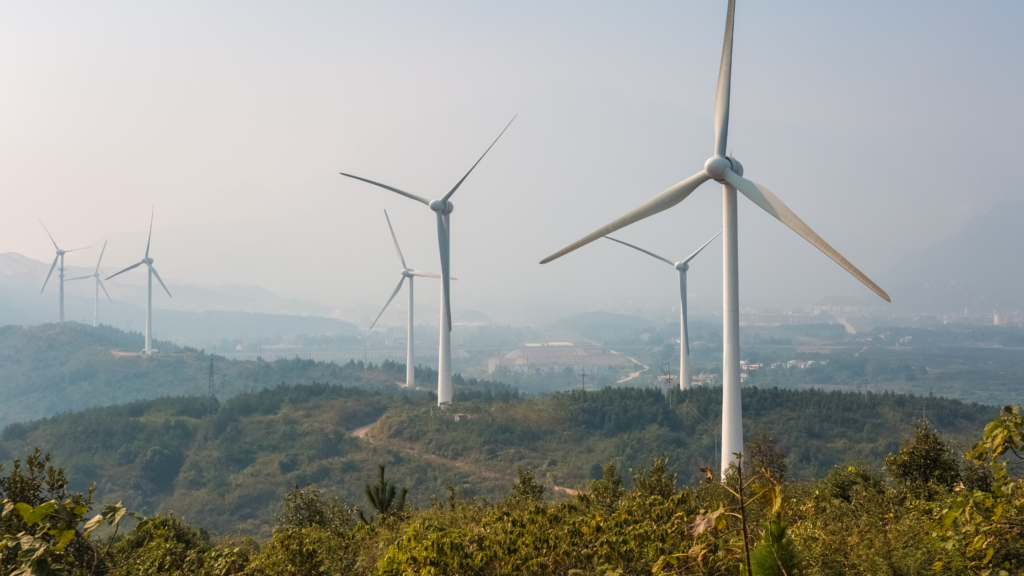
Onshore Wind Farms
Onshore wind farms are the most common type of wind energy installation. They are typically located in areas with high wind speeds and open spaces, such as plains and coastal regions. Advances in turbine design have made onshore wind farms more efficient and capable of generating power even at lower wind speeds.
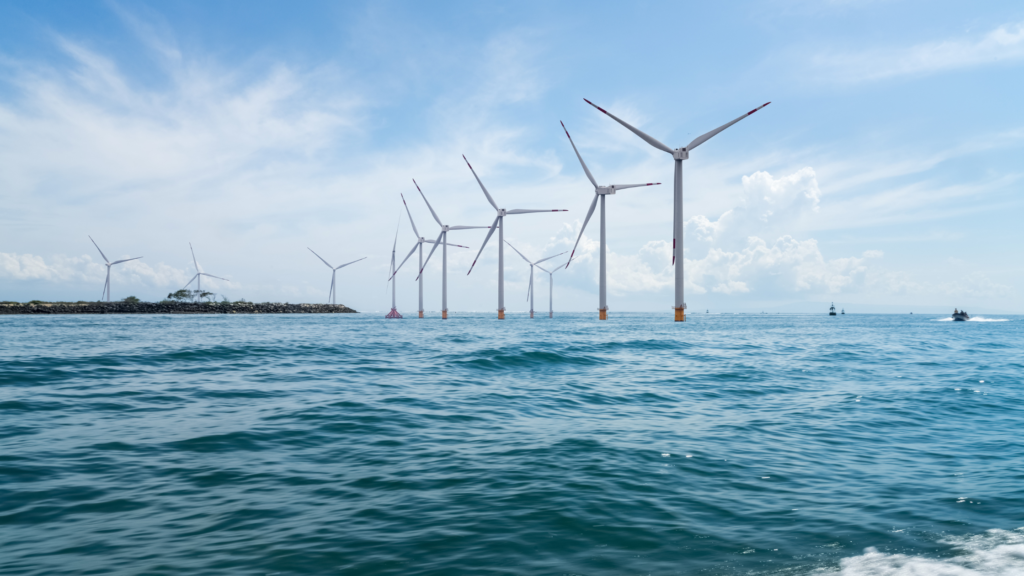
Offshore Wind Farms
Offshore wind farms are located in bodies of water, usually on continental shelves where the wind is stronger and more consistent than on land. Offshore wind turbines are generally larger and more powerful than their onshore counterparts. The development of floating wind turbines is a recent innovation that allows for the installation of turbines in deeper waters, further expanding the potential for offshore wind energy.
Innovations in Wind Turbine Design
- Larger Turbines: Modern wind turbines are much larger than those from a decade ago, with some models boasting rotor diameters exceeding 150 meters. These larger turbines can capture more wind energy, increasing overall power output.
- Advanced Materials: The use of advanced composite materials has made wind turbine blades lighter and more durable, allowing them to withstand harsh environmental conditions and operate for longer periods without maintenance.
- Digital Technologies: The integration of digital technologies such as artificial intelligence (AI) and the Internet of Things (IoT) has revolutionized wind energy management. AI-powered analytics optimize turbine performance, predict maintenance needs, and enhance grid integration.
Economic and Environmental Benefits
Wind energy offers a range of economic and environmental benefits that make it an attractive option for sustainable development. These benefits are particularly relevant for organizations like Bottom Billion Corporation, which focuses on empowering underserved communities and promoting sustainable practices.
Economic Benefits
- Job Creation: The wind energy sector is a significant source of employment. According to the International Renewable Energy Agency (IRENA), the global wind industry employed over 1.2 million people in 2020. Jobs in wind energy span across manufacturing, installation, maintenance, and supply chain management, providing valuable opportunities for both developed and developing regions.
- Energy Security: Wind energy reduces dependence on imported fossil fuels, enhancing energy security for countries. By investing in domestic wind power, nations can reduce their vulnerability to fluctuations in global energy prices and geopolitical tensions.
- Economic Growth: Wind energy projects can stimulate local economies by attracting investment and creating infrastructure. The development of wind farms often involves the construction of roads, power lines, and other facilities, which can have a positive impact on local communities.
- Cost Savings: Once installed, wind turbines have relatively low operational costs. The absence of fuel costs means that wind energy can provide long-term savings compared to fossil fuel-based power generation.
Environmental Benefits
- Reduction in Greenhouse Gas Emissions: Wind energy is a clean source of power that generates electricity without emitting greenhouse gasses. This makes it a critical tool in the fight against climate change. According to the U.S. Environmental Protection Agency (EPA), a single wind turbine can offset approximately 4,000 metric tons of CO2 annually.
- Conservation of Water Resources: Unlike fossil fuel power plants, which require significant amounts of water for cooling, wind energy production does not consume water. This makes wind energy particularly beneficial in arid regions where water resources are scarce.
- Land Preservation: Wind farms have a relatively small footprint, allowing the land around the turbines to be used for agriculture, grazing, or wildlife habitat. This dual-use approach maximizes the economic and environmental value of the land.
- Biodiversity Protection: Properly sited wind farms can coexist with wildlife and biodiversity. By avoiding sensitive habitats and migration corridors, these projects can minimize their impact on local ecosystems.
Challenges in Development
Despite the numerous benefits, wind energy development faces several challenges that need to be addressed to ensure its continued growth and sustainability.
Intermittency and Grid Integration
Wind energy is an intermittent resource, meaning that it is not always available when demand for electricity is high. This intermittency can pose challenges for grid operators who need to balance supply and demand. To address this issue, advances in energy storage technologies, such as batteries, are being developed to store excess wind energy for use during periods of low wind.
Land Use and Community Concerns
While wind farms occupy relatively little land, they can still face opposition from local communities due to concerns about noise, visual impact, and the effects on property values. Engaging with communities early in the planning process and ensuring that wind energy projects provide tangible benefits, such as local jobs and revenue-sharing agreements, can help mitigate these concerns.
Wildlife Impact
The impact of wind turbines on birds and bats is a significant concern in some regions. However, research and technology are helping to reduce this impact. For example, advancements in turbine design and the development of radar-based systems can help detect and prevent collisions with wildlife.
Regulatory and Permitting Challenges
The regulatory environment for this development can be complex, with permitting processes that vary widely between regions. Streamlining these processes and ensuring that they are consistent and transparent can help accelerate the deployment of projects.
The Future of Wind Energy
Several trends are likely to shape the wind energy landscape in the coming years with continued advancements in technology, supportive policies, and growing public and private investment.
Offshore Wind Expansion
Offshore wind is expected to play an increasingly important role in global energy systems. With stronger and more consistent wind speeds, offshore wind farms have the potential to generate significant amounts of power. Countries such as the United Kingdom, China, and the United States are leading the charge in offshore wind development, with ambitious targets for expanding their offshore capacity.
Floating Wind Turbines
Floating wind turbines are an emerging technology that allows for the deployment of wind farms in deeper waters where traditional fixed-bottom turbines are not feasible. This innovation opens up new areas for wind energy development, particularly in regions with deep coastlines. Floating wind farms are expected to become commercially viable within the next decade, further expanding the potential of wind energy.
Hybrid Energy Systems
The integration of wind energy with other renewable energy sources, such as solar and hydropower, is a trend that is gaining momentum. Hybrid energy systems can provide a more stable and reliable power supply by combining the strengths of different energy sources. For example, wind and solar power are often complementary, with wind energy production peaking at night and solar during the day.
Digitalization and AI
The digitalization of wind energy is transforming how wind farms are managed and operated. Artificial intelligence (AI) and machine learning are being used to optimize turbine performance, predict maintenance needs, and enhance grid integration. Digital twins, virtual models of wind turbines, allow operators to monitor and simulate turbine performance in real-time, leading to increased efficiency and reduced downtime.
Investment in Emerging Markets
Emerging markets in Africa, Asia, and Latin America are expected to see significant growth in wind energy investment. These regions have vast untapped wind resources and are increasingly looking to renewable energy to meet their growing energy demands. International cooperation and financing will be key to unlocking the potential of wind energy in these markets.
Wind energy stands at the forefront of the renewable energy revolution, offering economic growth, environmental protection, and energy security. Despite challenges such as intermittency and regulatory hurdles, advancements in technology and supportive policies are driving the expansion of wind power globally. For Bottom Billion Corporation and other like-minded organizations, investing in wind energy is a crucial strategy for promoting sustainability and fostering resilience in underserved communities.

